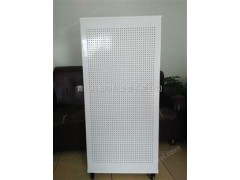The photocatalytic oxidation reaction uses semiconductors and air as catalysts and uses light as energy to degrade organic matter into :
and:
and other non-toxic and harmless ingredients. Our company uses artificial ultraviolet light waves as the energy source and combines it with the nano:
catalyst:
which has the strongest activity and the highest reaction efficiency after special treatment by our company. After the waste gas is treated, a more ideal effect of purification can be achieved. :< :
) In the semiconductor photocatalytic oxidation reaction, ultraviolet light is irradiated on the nano:
catalyst. The nano:
catalyst absorbs light energy to generate electron jumps and hole jumps, which are further combined to produce Electrons:
hole pairs react with moisture (:
) and oxygen (:
) adsorbed on the surface of the exhaust gas to generate oxidatively active hydroxyl radicals (:
) and superoxide ion radicals ( :
, :
). It can reduce various organic waste gases such as aldehydes, benzene, ammonia, nitrogen oxides, sulfides and other organic and inorganic substances into carbon dioxide under the action of photocatalytic oxidation ( :
), water ( :
) and other non-toxic and harmless substances. After purification, the exhaust gas molecules are activated and degraded, and the odor disappears at the same time. It plays the role of exhaust gas deodorization and is effective against bacteria and viruses that breed in the pipes. Since there are no additives in the photocatalytic oxidation reaction process, no secondary pollution will be generated. In terms of operating costs, only electric energy is used and there is no need to replace accessories frequently.









 Year1
Year1




 WhatsApp
WhatsApp





